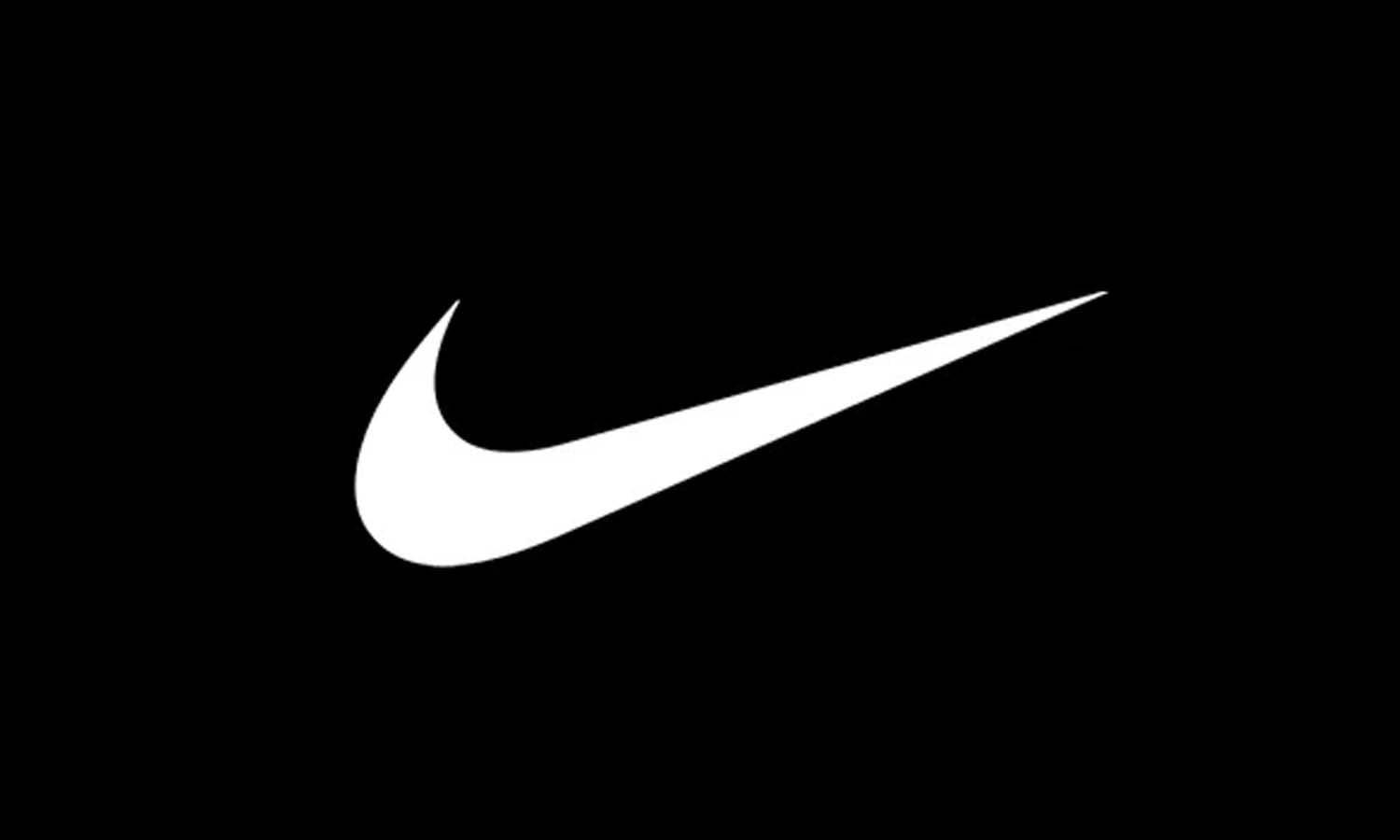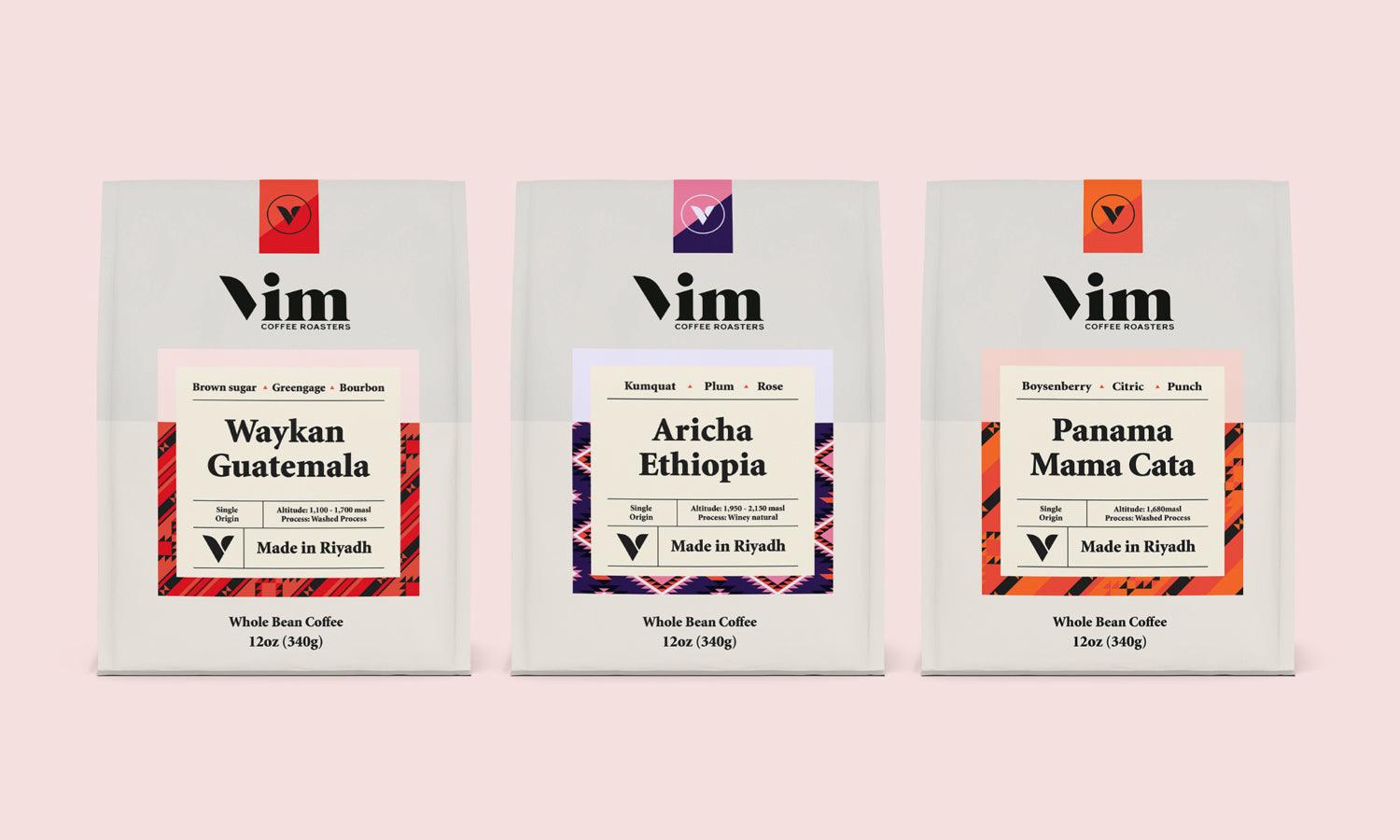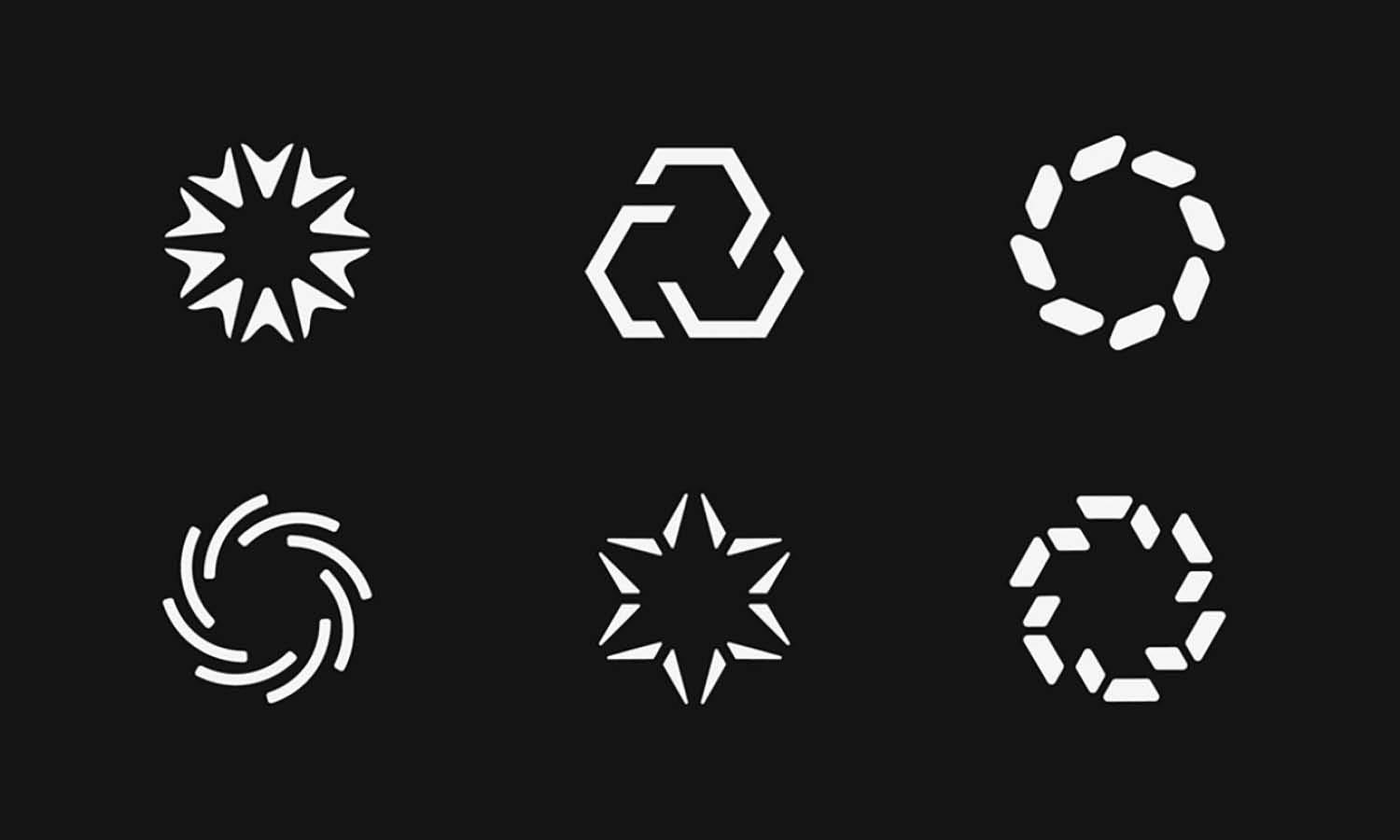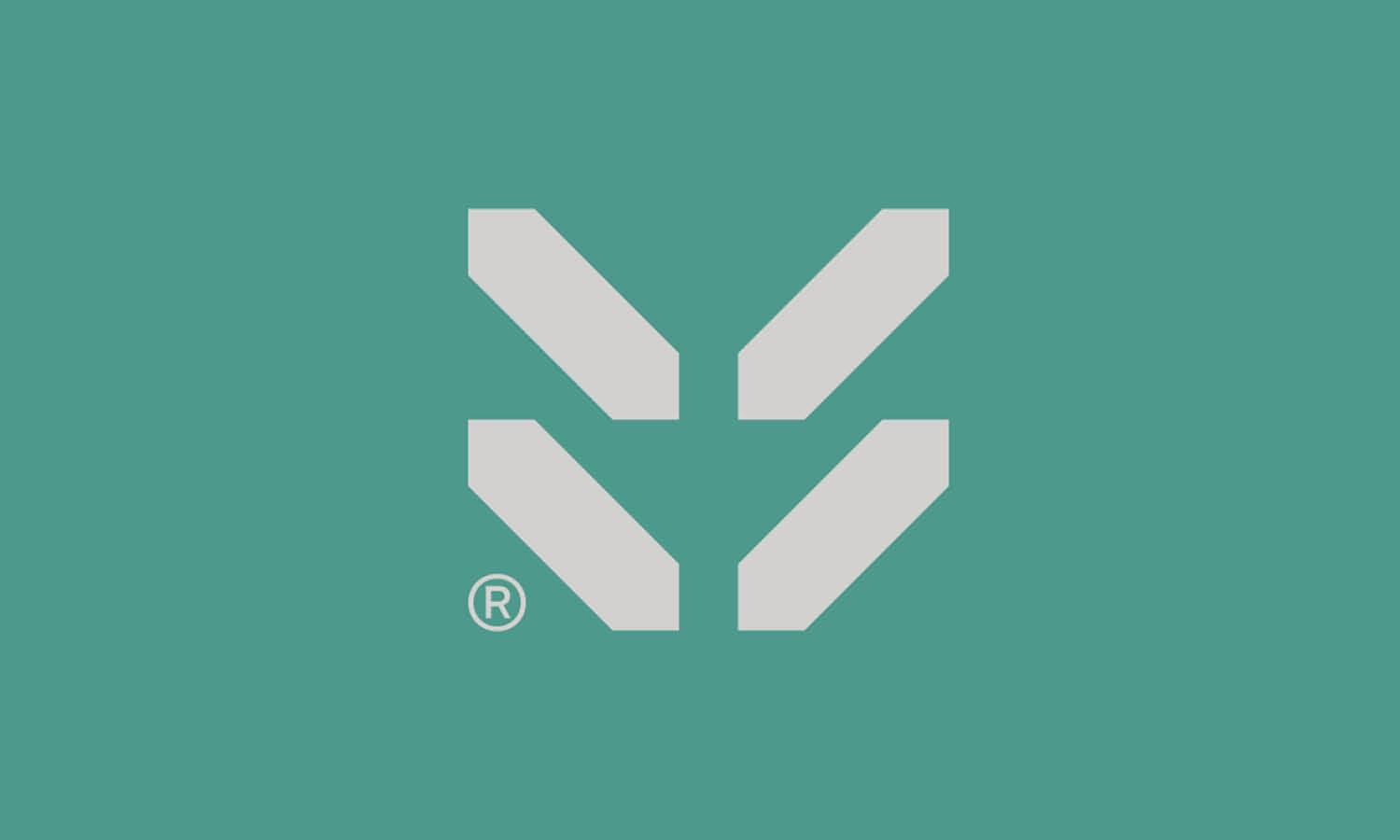Why Businesses Are Choosing Custom Marketplace Software Development for Unique Brand Identity
Brand identity is a set of elements such as the brand's story, its personality, visuals, communication style, brand name, and auditory materials as well as the product or service itself. In the digital space, it is not enough to simply change around colors, typography, and images to create a unique brand identity. However, these are the only tools when it comes to templated platforms. This is why custom marketplace software development is the only tool to create a truly unique brand identity. After all, marketplaces today are commonplace and they span goods available online only and in physical stores next door. Ultimately, almost everything that can be purchased can be found in one marketplace or another.
Considering the above, it is worth drawing parallels with the physical world. If you were to open a coffee place, would it be a generic coffee kiosk or something with a strong brand identity? The first case is similar to marketplaces that come out from templated platforms. They all have the standard feature set and are different only in basic customizable characteristics. As with the coffee kiosk, no one would notice if it was this one or the other. In the second case of coffee shops with strong brand identity, the business enjoys customer recognition, and loyalty, and is often a preferred choice. When people encounter an interesting brand, they often share it with friends and family. Good brands immediately get word of mouth working for them. After all, according to Nick Thackray:
"A brand isn’t built by what you sell but by the story you tell."

Benefits of Custom Marketplace Software Solutions for Businesses
Building a digital brand via custom marketplace software development is first and foremost about standing out in the crowd of other marketplaces, a big share of which are templated. In numbers, there are two largest online marketplace software platforms: WooCommerce and Shopify. According to the Social Shepherd report, WooCommerce hosts slightly more than 3 million marketplaces, while Shopify services 5.6 million marketplaces as of 2025. Among smaller but also recognized templating platforms are Wix and Magento, with 600,000 and 250,000 marketplaces respectively. So there are millions of marketplaces that have access to the same features and flows of a marketplace.
As such, what does it mean exactly for your marketplace development? Let’s imagine building the landing page of your brand marketplace. For instance, on Shopify, it is all in blocks: navbar, hero banner, product grid, and sidebar filters. You can rearrange it but within limits. In custom marketplace development, you can do animated reveals and uniquely tailor user journeys. You can tailor information architecture to your brand identity needs and not have to fit into a theme or template layout.
In terms of user interface and aesthetics, you can also try implementing parallax scrolling or video backgrounds on Shopify, but again, within the ramifications of the selected theme. When it comes to marketplace website development, you have access to deep customization, allowing you to sharpen the effects and create a smooth, cohesive, and innovative experience. In addition, you can do things that are simply not available with templated platforms. Things like custom badges, live countdowns, swipeable product carousels, and views activated by non-standard events like hover-activated or revealed on scroll.
Here is a table with the possibilities that a marketplace development company will be able to implement while it will not be available within the templating platforms.
Table - Benefits of custom marketplace development for unique brand identity
|
Search Capabilities |
|
|
Filtering & animations |
|
|
Checkout process |
|
|
Mobile experiences |
|

How to Develop a Successful Marketplace?
In the web development marketplace apps take up their own unique niche. This field is at the forefront of human interactions, brand marketing, and technological innovation. It is quite easy to create yet another marketplace like literally millions of others. But custom services take a unique approach to every project. Working with an experienced customized software development company ensures that each marketplace receives tailored solutions that align perfectly with specific brand requirements and business objectives. Even if the overall stages are similar, the content of each stage, its duration, and involved specialists will differ significantly from project to project.
Here are the steps for developing a custom marketplace with a unique brand identity:
Step 1 - Discovery stage to set brand goals. It may involve brand and product strategists in addition to the more common roles of business analyst and UX researcher.
Step 2 - A distinct stage for developing brand identity. This stage resembles the mood boarding and wireframing stage but involves a brand designer, a motion designer for branded animations and effects as well as a copywriter to develop a brand voice and messaging.
Step 3 - UI/UX design to move from prototypes and mockups into a seamless responsive user experience. Brands often invest additionally in an interaction designer or accessibility expert.
Step 4 - Development. This stage is similar to agile development practices.
Step 5 - Feature development for brand differentiation. Custom marketplace development often releases its first version out there, but then continuously works on brand-specific feature development such as gamification elements, storytelling flows, and such.















